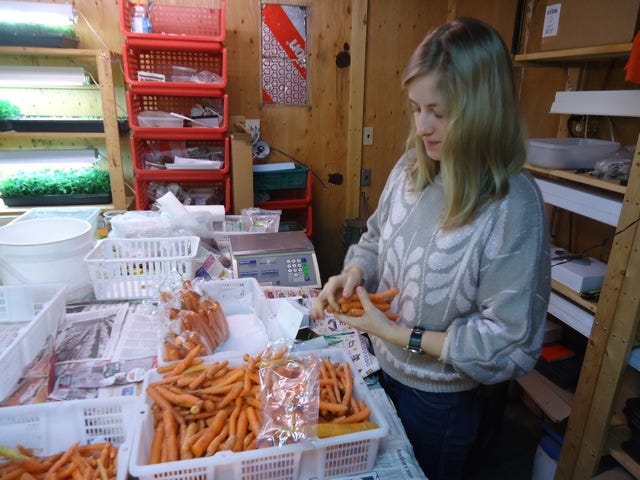SPIN Farming: The Basics of Small Plot, Intensive Farming
Welcome to the world of SPIN Farming (Small Plot Intensive), a farming method that’s revolutionizing the way we think about food production on a small scale. Whether you're a backyard gardener looking to maximize your harvest or a budding entrepreneur seeking a path into sustainable farming, SPIN offers a practical, accessible approach to achieving success without requiring vast acreage.
What is SPIN Farming?
At its core, SPIN farming is a methodology for growing high-value crops on small plots of land—even as small as a quarter of an acre—and making it profitable. Developed by Wally Satzewich and Gail Vandersteen in Canada, and Roxanne Christiansen in Pennsylvania, SPIN farming focuses on getting the most out of small spaces with minimal investment, often transforming underused or idle urban plots into productive farmland. It's about using efficiency and smart planning to create a sustainable farm business model.
The Basics: Land, Layout, and Crop Selection
Land: You don’t need traditional farmland to start a SPIN farm. Backyards, leased urban plots, and even unused spaces in local communities can be transformed into productive SPIN farms.
Layout: SPIN farming emphasizes crop rotation and careful plot design to maximize yields. Plots are laid out in a way that prioritizes easy access, good airflow, and efficient harvesting—ideal for high-density planting.
Crop Selection: The goal in SPIN farming is to grow high-value crops that have strong market demand. Think of salad greens, herbs, root vegetables, and other crops with quick turnover rates and high per-square-foot profitability. These crops not only yield a good harvest in limited space but also attract buyers like restaurants, markets, and local buyers interested in fresh, local produce.
Low Start-Up Costs and High Returns
A key principle of SPIN farming is keeping initial costs low. This approach relies on basic tools, intensive hand labor, and well-planned crop rotations. Unlike traditional farming, which often demands heavy machinery and large financial commitments, SPIN farmers work with simple tools and small investments, allowing them to start with little risk while still achieving impressive yields and profits.
Marketing Your SPIN Crops
Marketing is essential for any successful SPIN farmer. Because SPIN crops are fresh and locally grown, they are perfectly positioned for sale at local farmers' markets, through CSA (Community Supported Agriculture) memberships, or directly to restaurants that appreciate small-batch, high-quality produce. Many SPIN farmers also sell directly to their communities, creating stronger customer relationships and a loyal following.
Why SPIN?
SPIN farming isn’t just a method; it’s a way to reimagine farming for those passionate about sustainable agriculture but limited by land or resources. For aspiring farmers and small-scale growers, SPIN offers a practical and profitable path forward, harnessing the power of planning, efficiency, and local markets.
SPIN farming is a dynamic model for a new era in agriculture. Whether you’re just starting out or looking to expand your skills, this approach could open new doors to success in small-scale farming.
Until next time...
I am... Phil Wilson...
And, here’s to living an Herbal Lifestyle With You!









